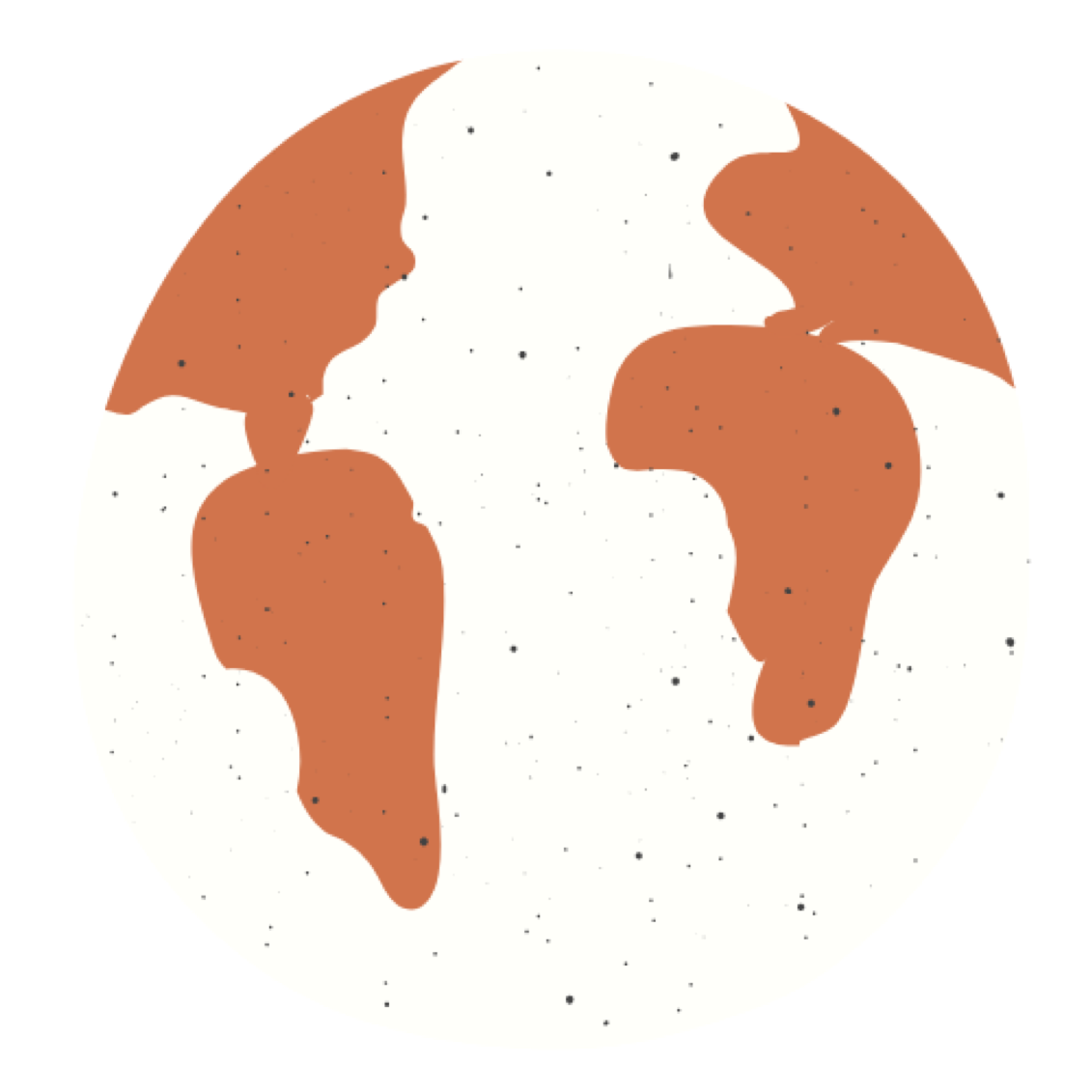Design Thinking, Meet Social Innovation.

If you’ve ever tried to reason with a screaming baby, you’ll know what most design thinkers know: some problems are plain wicked.
In design jargon, “Wicked Problems” (a term coined by theorist Horst Rittel) refers to problems that are multi-dimensional, hard to solve, and require collaboration.

Many of the issues facing our world today are wicked, from systemic racism to climate disruption to a global pandemic. They’re deeply complicated, and though scholars and ordinary people alike have pored over them for hours, there seems to be no clear-cut solution in sight.
One of the largest barriers facing socially responsible innovation is that we’re treating wicked problems as non-wicked. The simplification of complex social issues at best preserves the status quo. At worst, it aggravates the problem.
But there’s a way of thinking that’s been formulating over the years that’s designed precisely to tackle wickedness. Design thinking is the emerging field that addresses our need for disruptive innovation right now. To begin implementing design thinking in our approach to socially responsible innovation we need to reflect on three key things: 1) how we speak, 2) how we collaborate, and 3) how we create.
Speak
It’s only been five paragraphs, but I’ve already violated a key design thinking principle: don’t think in terms of solutions.
Finding solutions to something as vast as world hunger is intimidating, to say the least. What’s less intimidating? “Never before seen” ideas, or NBS for short. Because the problems we’re dealing with are so complex, and the concepts we’re grappling with so new, we have to treat our ideas as they are: points for experimentation instead of keys for locks.
When we change the way we talk about what we’re looking for, it becomes less intimidating to begin working on an approach.
In one study conducted by Bryan Lawson, a professor at the University of Sheffield, a group of postgraduate scientists and architects were given an arbitrary problem to solve with colored blocks. While the scientists spent their time trying to theorize on which arrangement of blocks would lead to the most optimal solution, the architects began experimenting with different arrangements and then checking to see if their creation happened to fit the requirements.
The scientists were looking for a solution. The architects were looking for an idea. Predictably, the architects performed better.
The problem with talking about solutions becomes even more apparent when you take a tangible issue, like world hunger. World hunger has the benefit of being a non politically divisive issue, but this means that many governments and organizations want to be the one to “solve” it.
In their attempts to find the panacea, they end up diluting the issue into terms like “food security” or “nutritional planning.” In reality, both of these approaches tackle a very small part of the issue and have led to minimal systemic change.
For true innovation to occur, we have to articulate what we’re looking for—is it a lofty, perfect arrangement or many arrangements to experiment and learn from?
Collaborate
Even within our own brains, traditional frameworks of thinking don’t encourage collaboration.
We have a left brain and a right brain—two halves that operate independently with separate functions. The right brain is for imagination and creativity while the left brain is for analysis and logic. This way of thinking carries over into how we interact with others. Mathematicians work with mathematicians, artists work with artists.
But some of the most innovative approaches to social issues have come from collaboration across these lines. One example is New Story. The New Story founders saw that many nonprofits were trying to tackle homelessness through solutions like immediate disaster relief.
The problem was that disasters kept happening.
New Story’s founding team (Brett Hagler, Alexandria Lafci, Matthew Marshall, and Mike Arrietta) had four people from backgrounds in tech, design, finance, and the humanities. Their solution was providing 3D printed homes to people with no shelter.
Recently, they were named one of “Fast Company World’s Most Innovative Companies.” Out-of-the-box solutions need out-of-the-box teams.
Create
Design thinking is, at its core, about humans. It’s about creating with the end-user in mind. But when it comes to socially responsible innovation, that end-user often gets swallowed up in competing priorities—priorities like facade and effort.
It’s why the trend of greenwashing has emerged, which is when companies attempt to seem more environmentally friendly than they actually are. Companies want easy fixes to difficult problems, so they create a facade of sustainability.
The people that are rarely being talked to? The actual beneficiaries.
It’s also why some corporations are trying to “fight systemic racism” by donating tenths of percents of their annual revenues to the movement, instead of speaking to their Black employees about their experiences working at the office.
What we need is a refocus on the people our ideas are trying to serve. Speaking with them, understanding their perspectives, and creating with their stories in mind is how innovation can foster more systemic change.
We must ask ourselves, who do we create for?
Final Thoughts
It’s 2020. The world is revealing the true wickedness of the social issues we have been grappling with for years. California blue skies are turning red. People of color are dying from hatred. Universal challenges like public health and pandemics are becoming foundations for polarization and divide.
What we’ve learned so far? These issues are too complex for the standardized, simple solutions we’ve been trying for years.
The good news is that challenge, constraint, and hardship breed creativity and innovation. And the lens through which we can begin to tackle and dismantle these issues is design thinking.
So, think back to that screaming baby flailing in your arms. Will you just stick a pacifier in their mouth or are you and the baby ready for a change?
